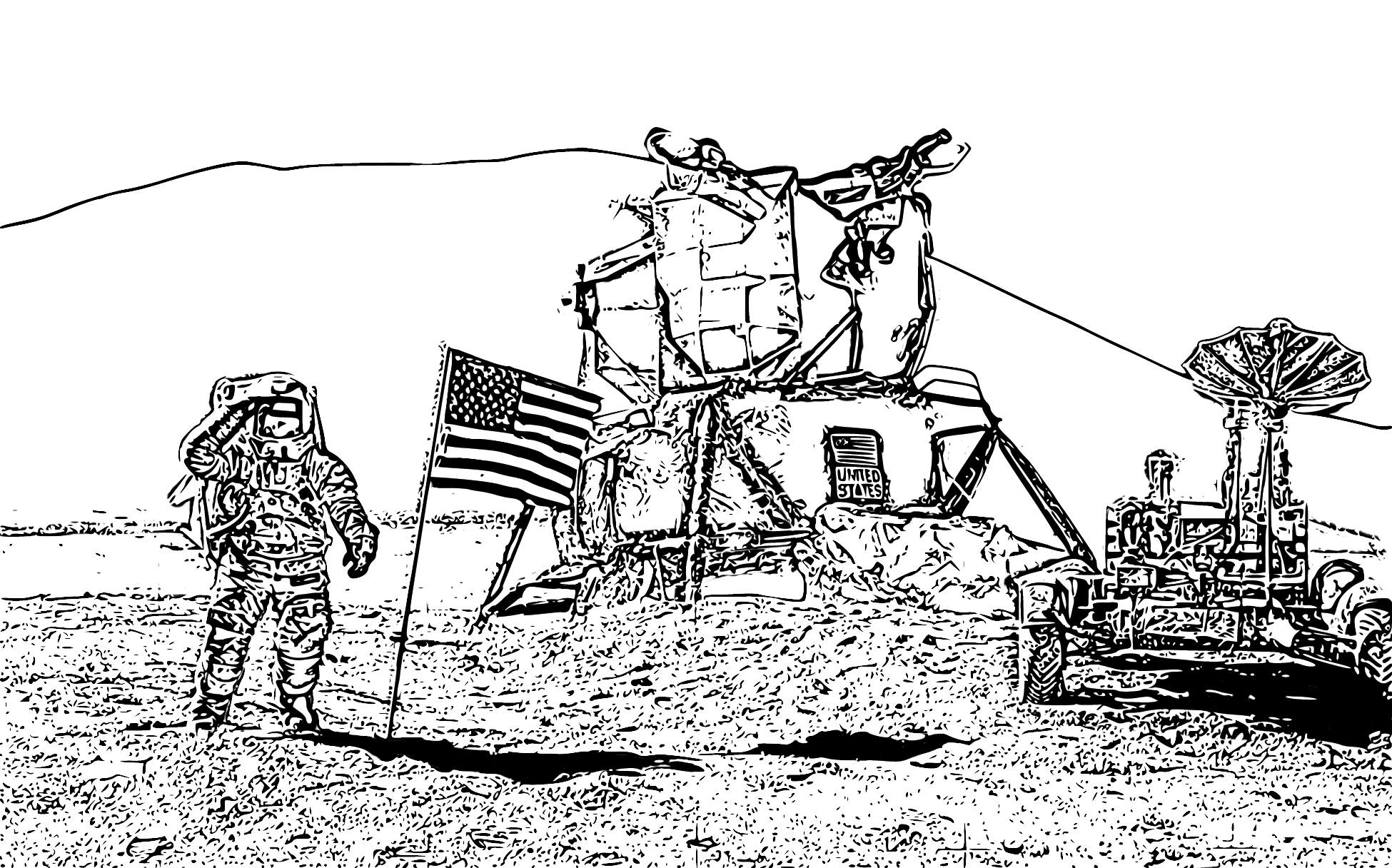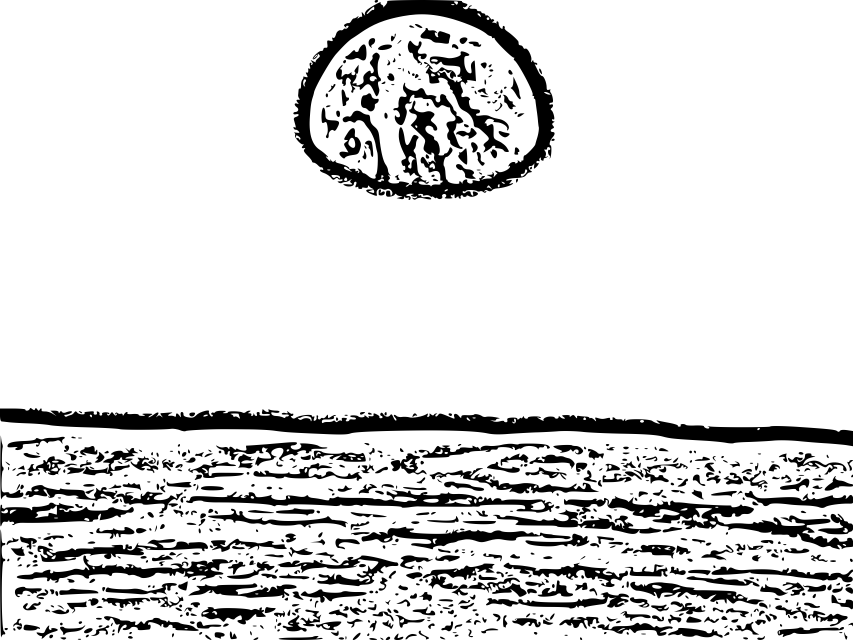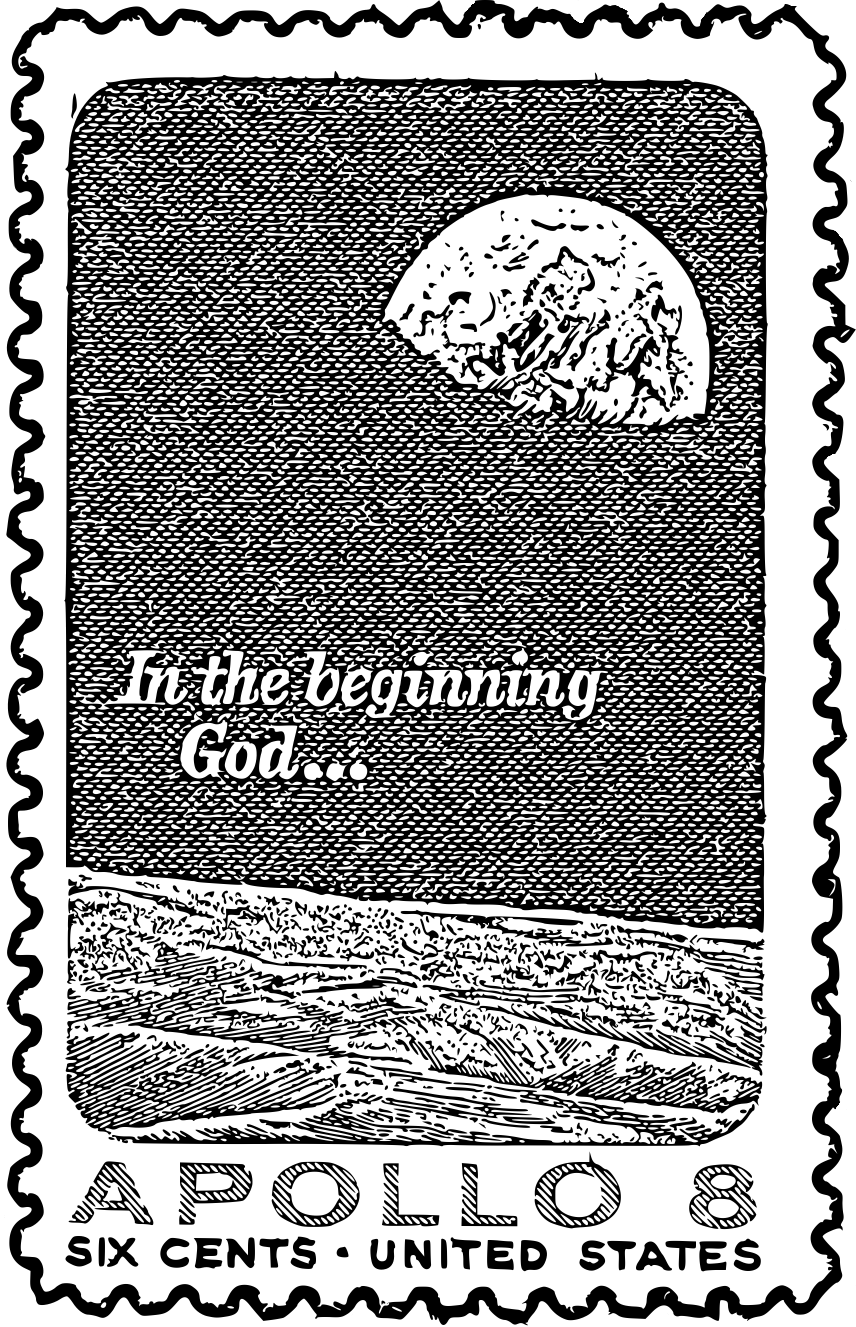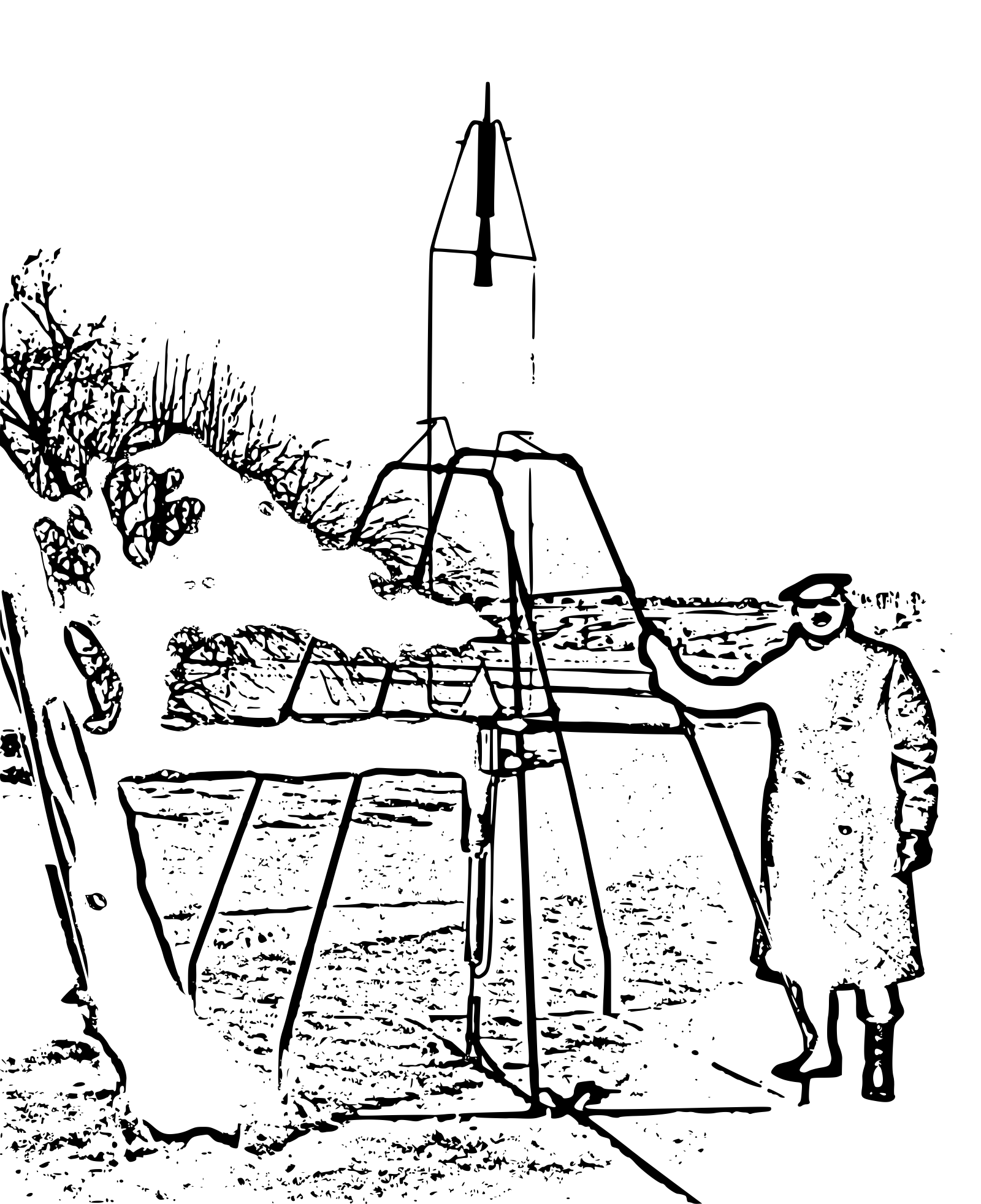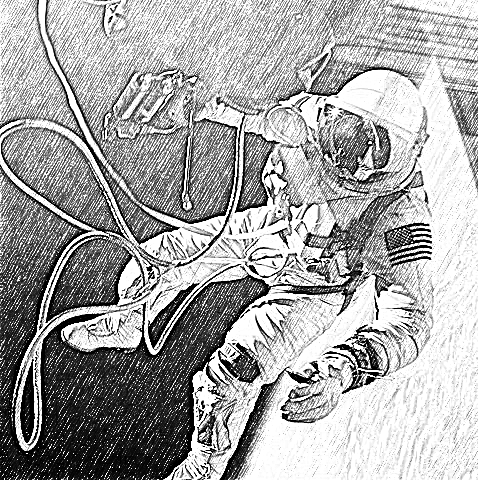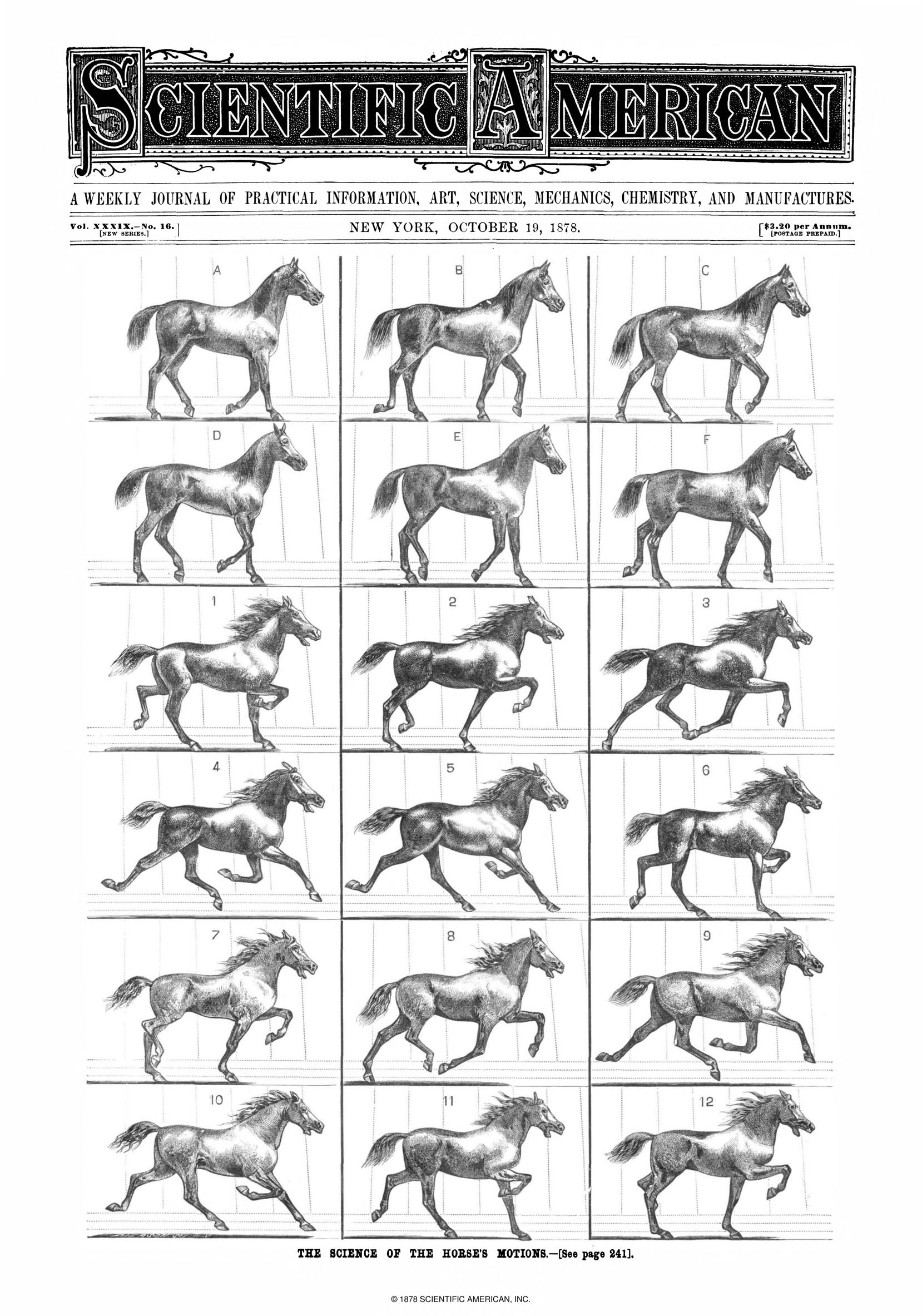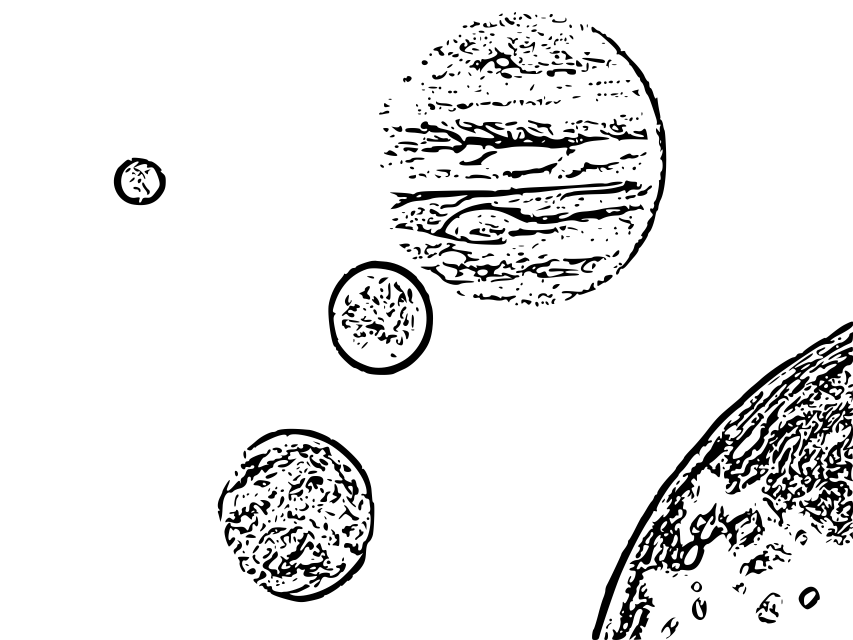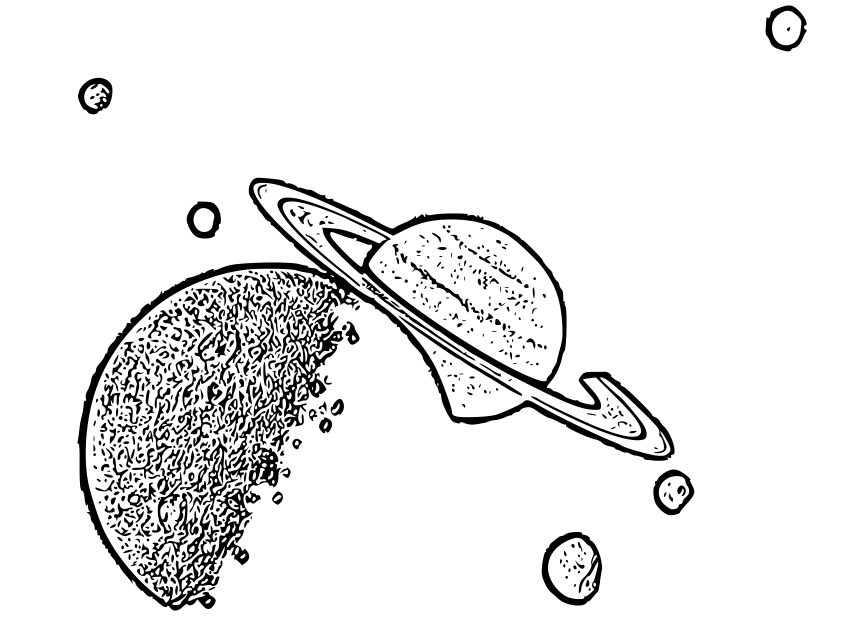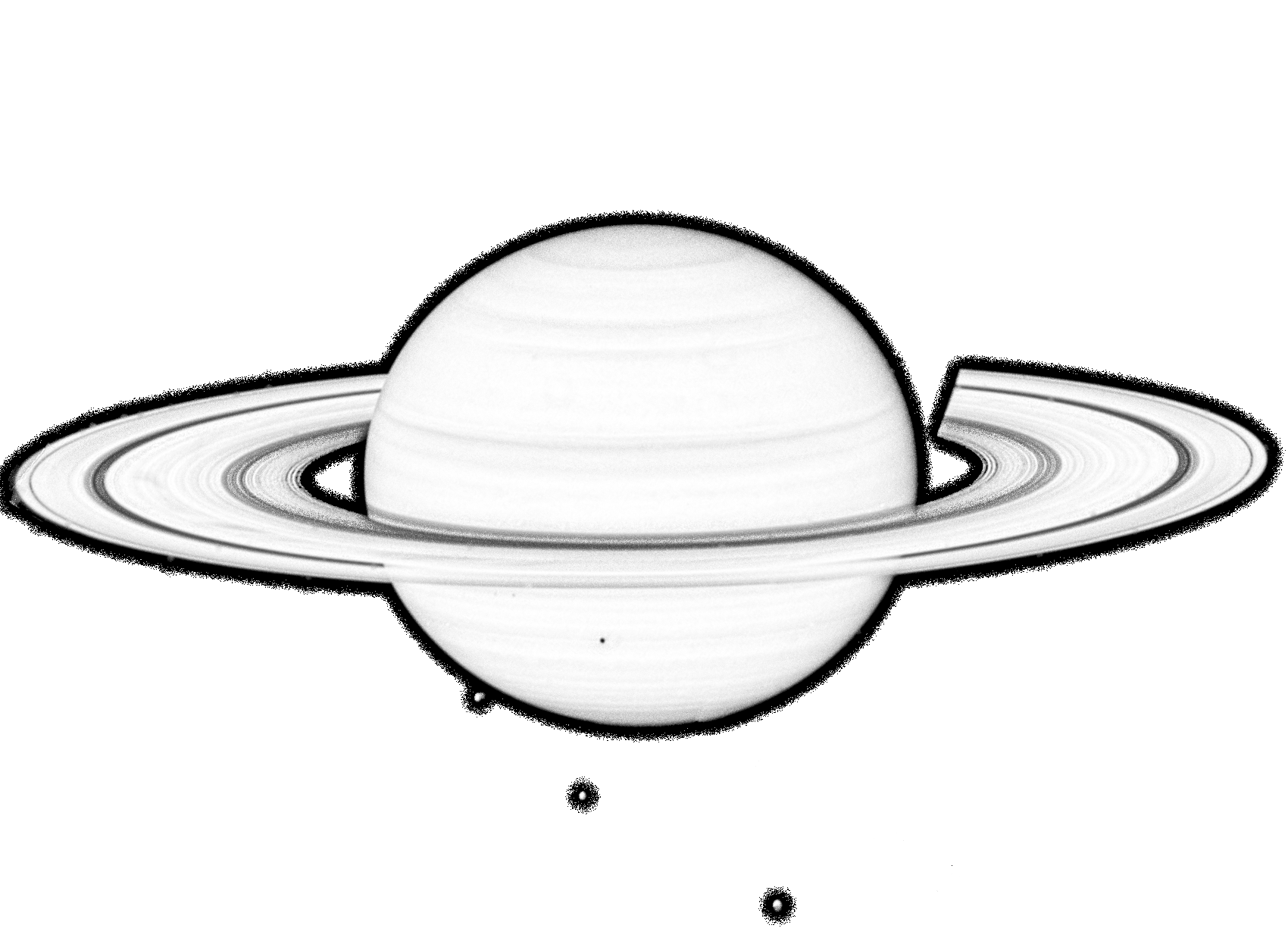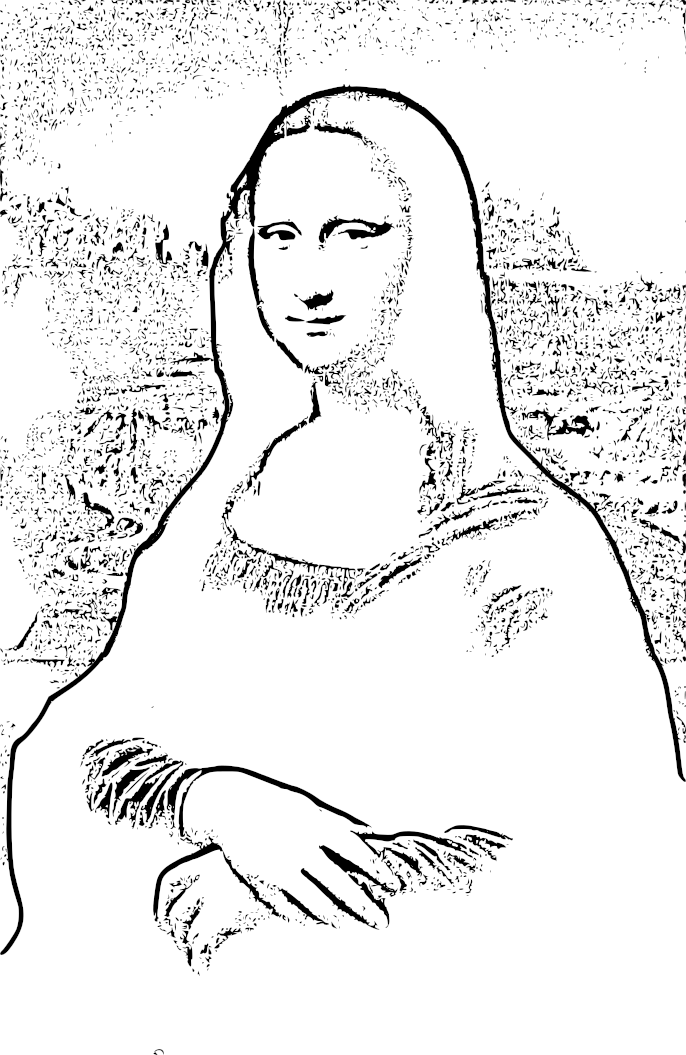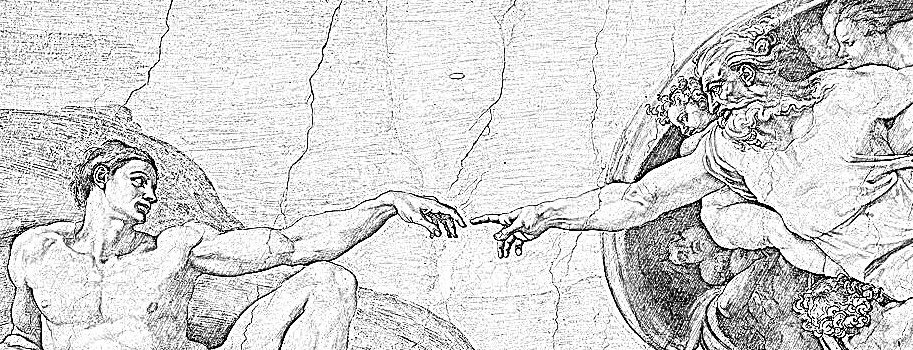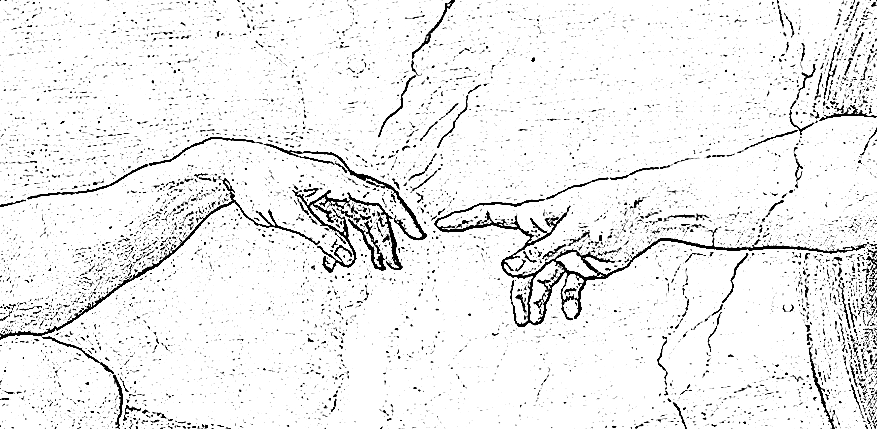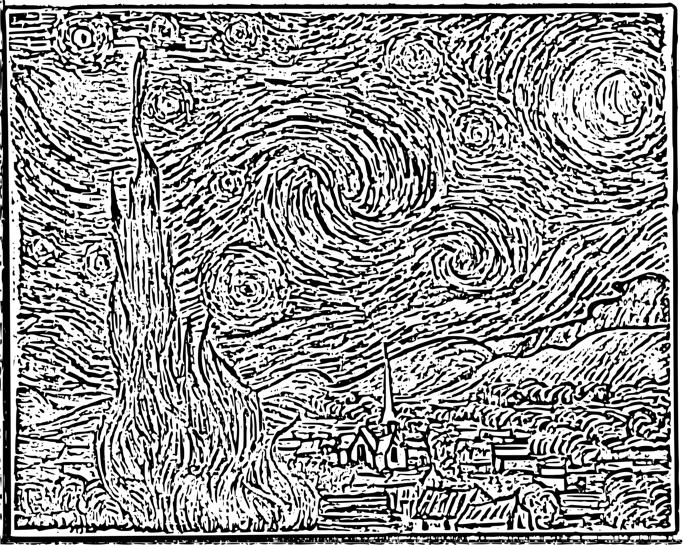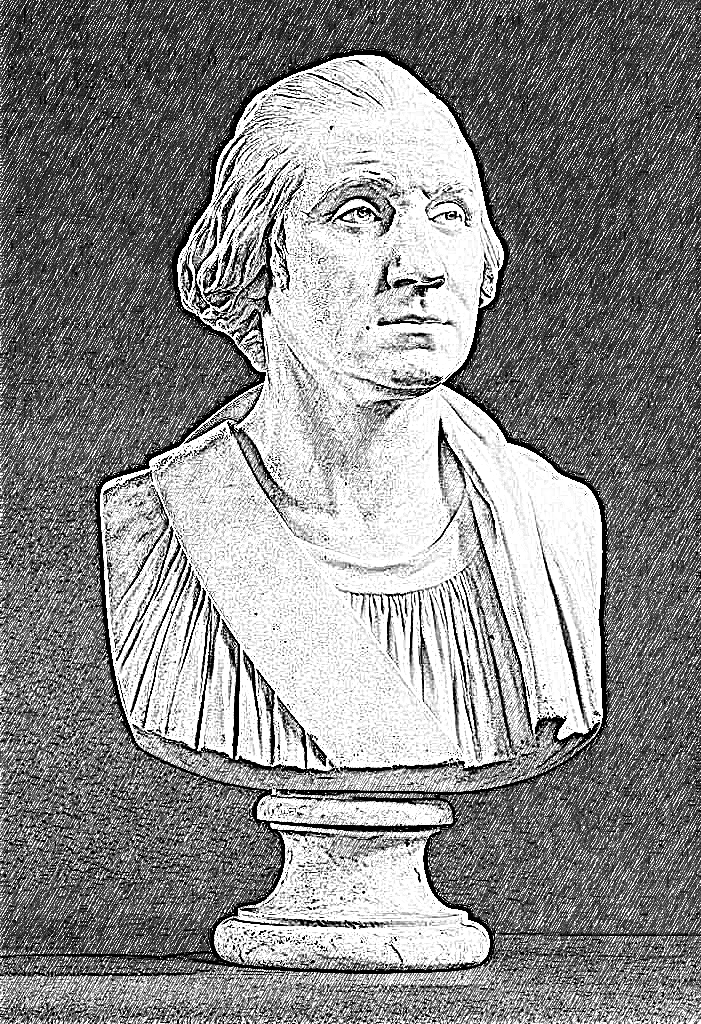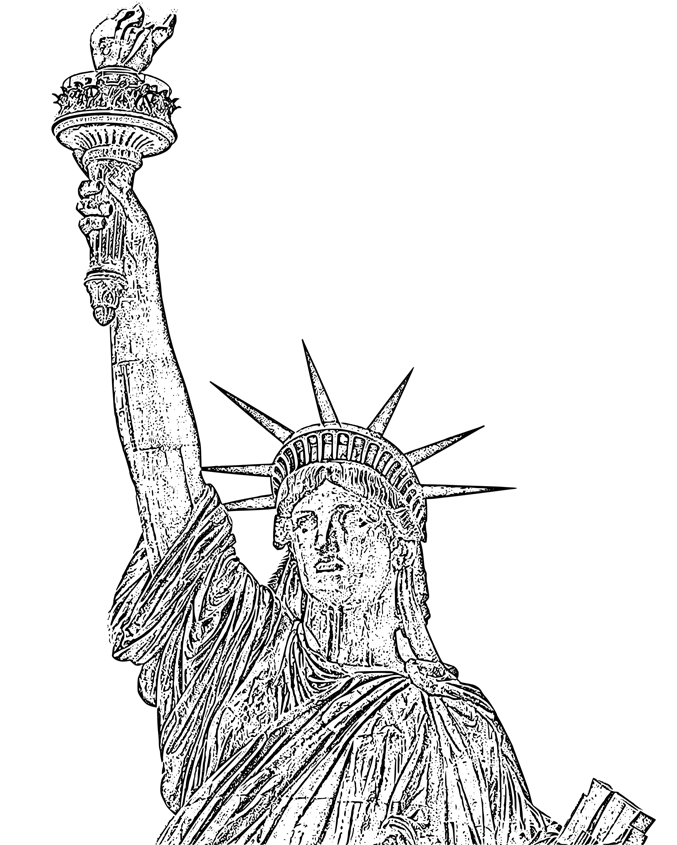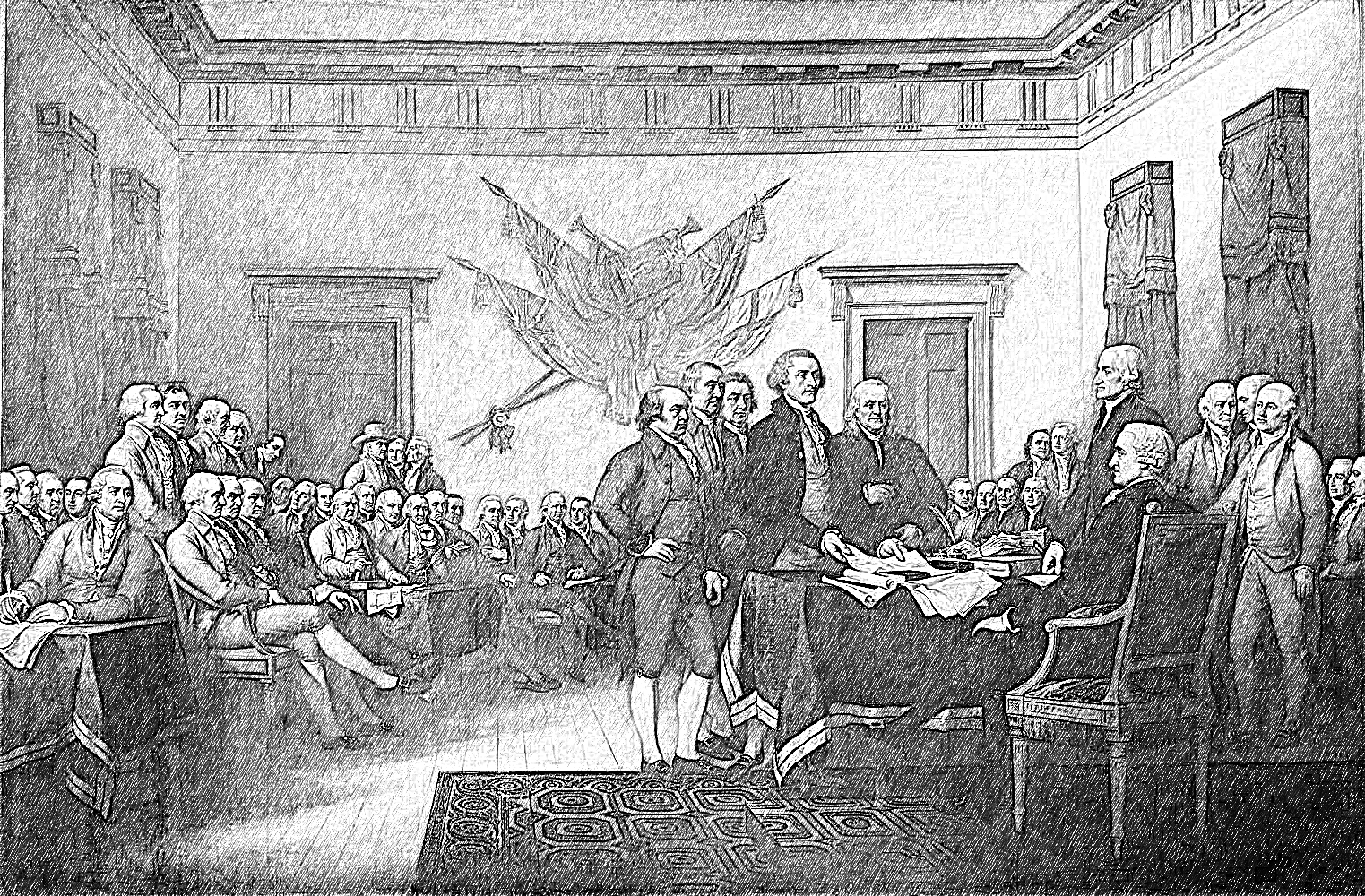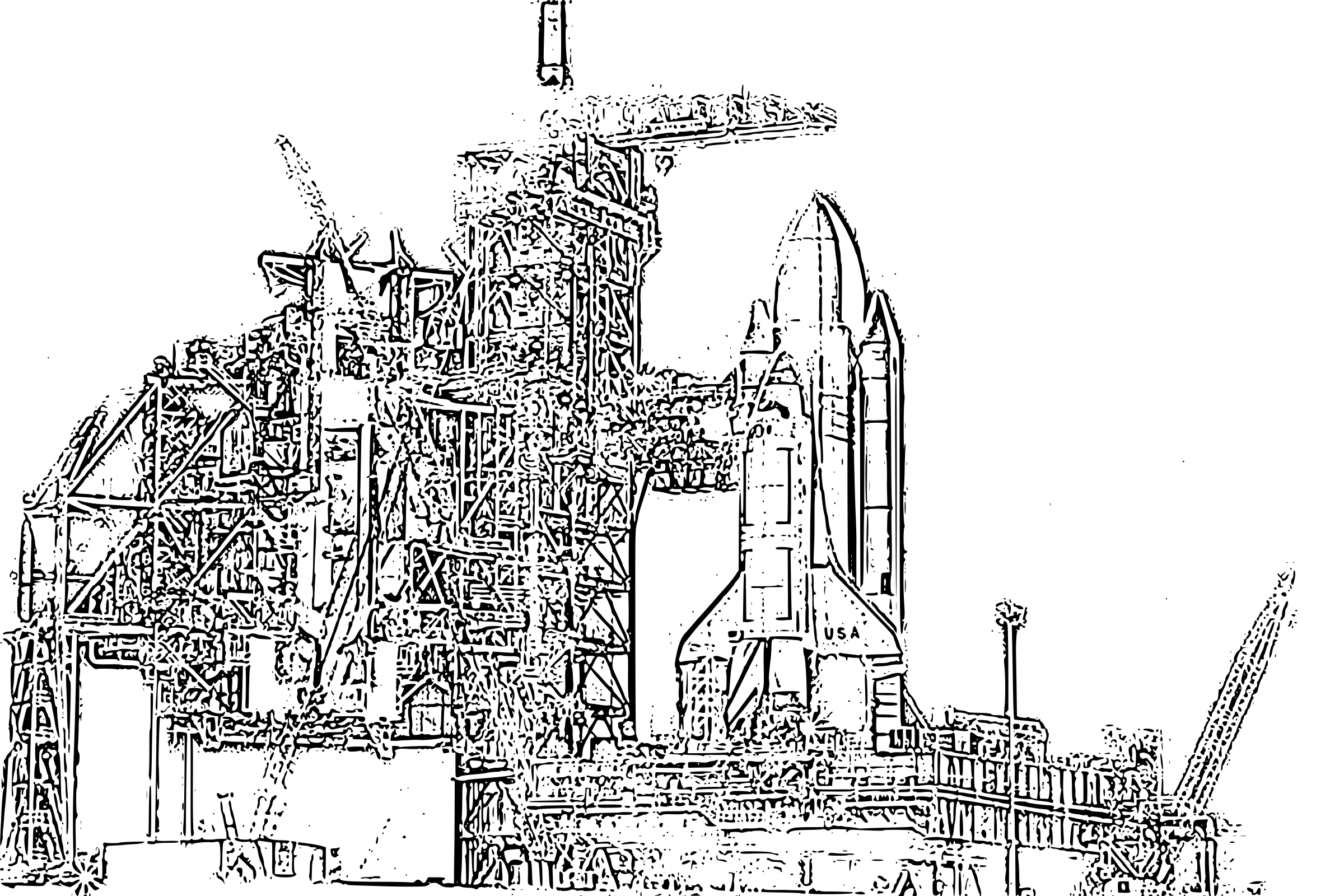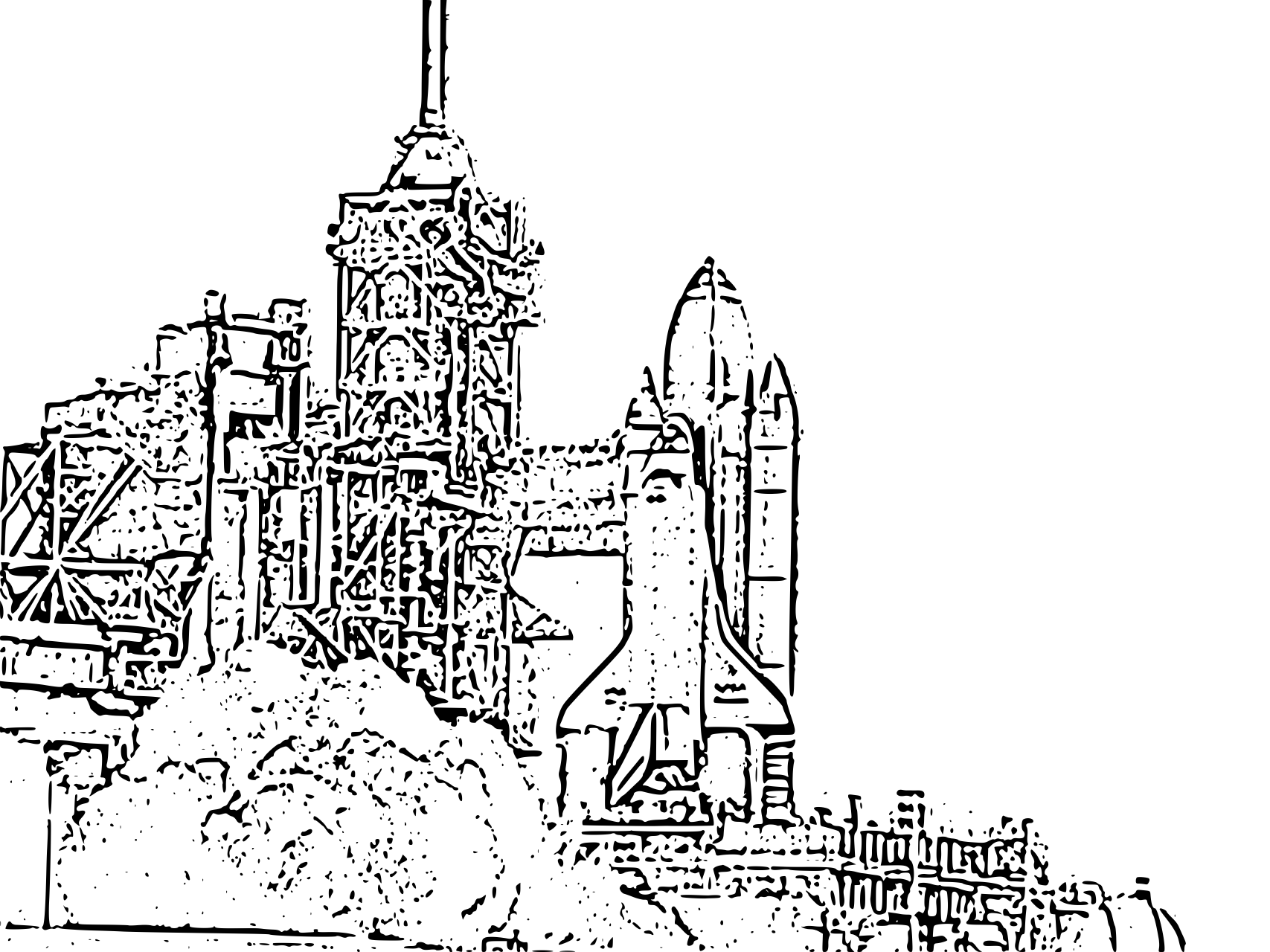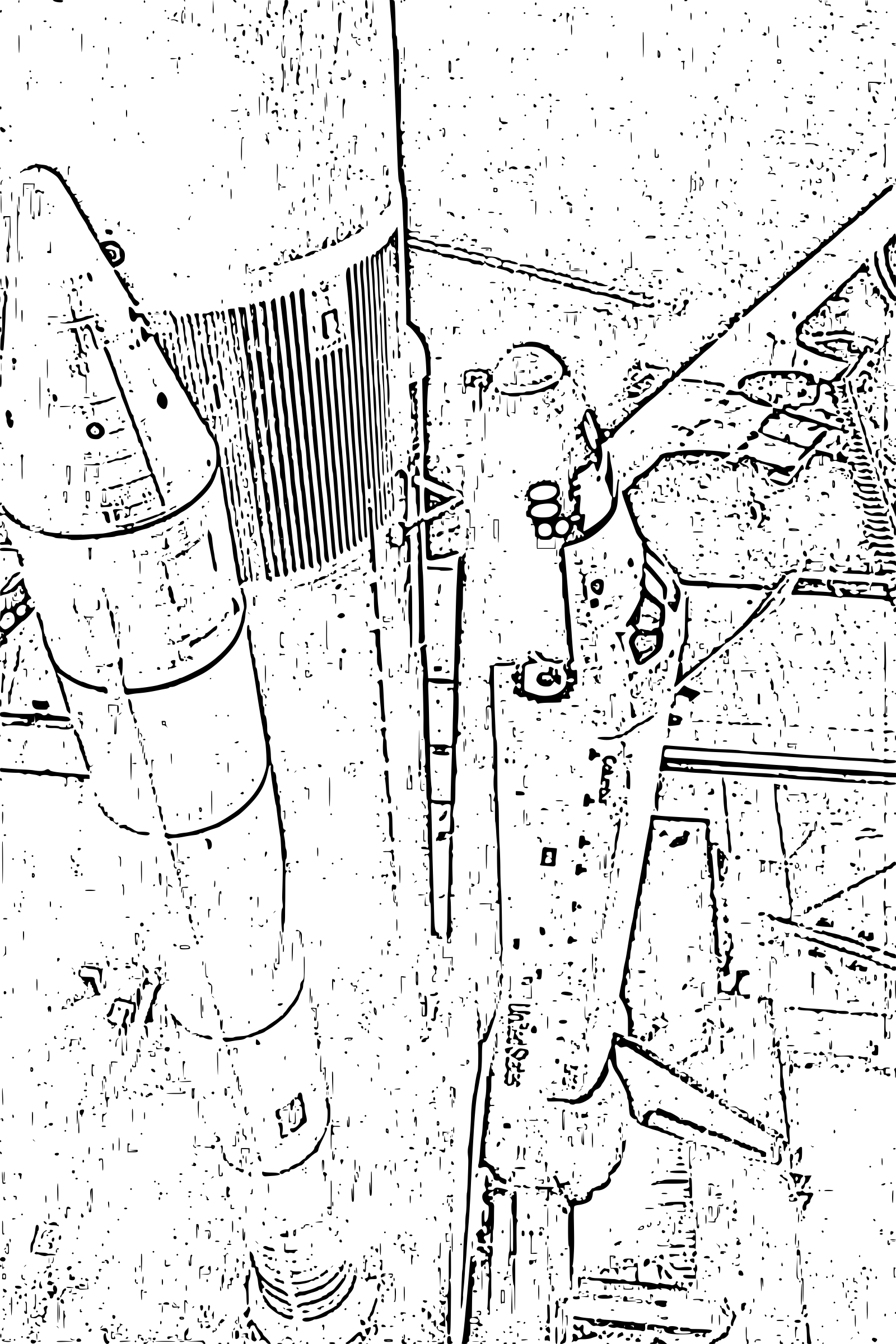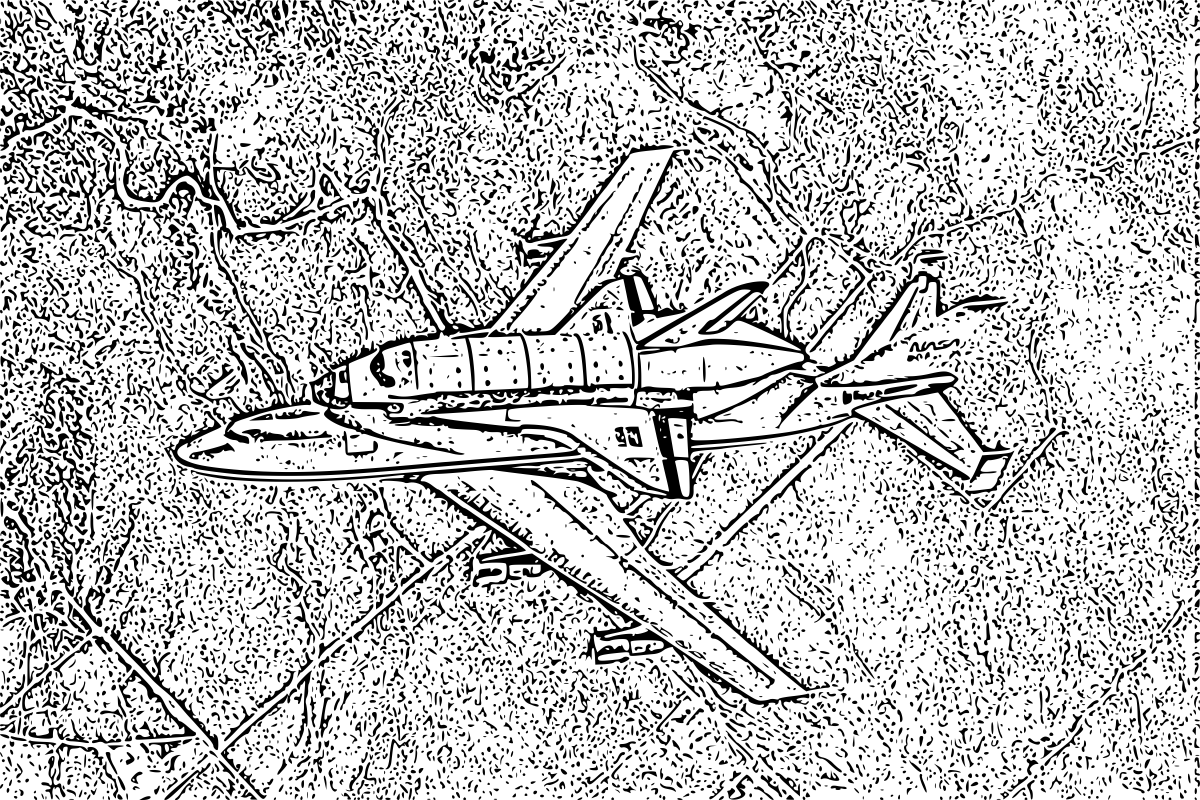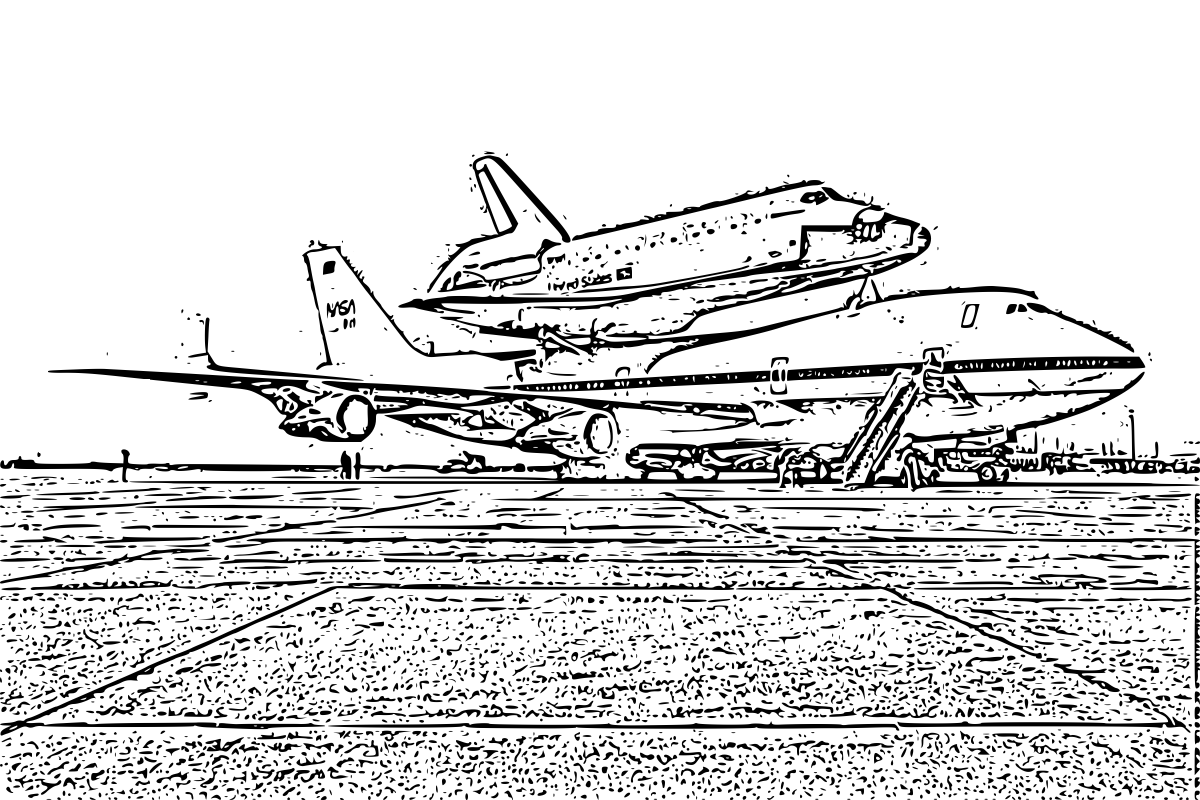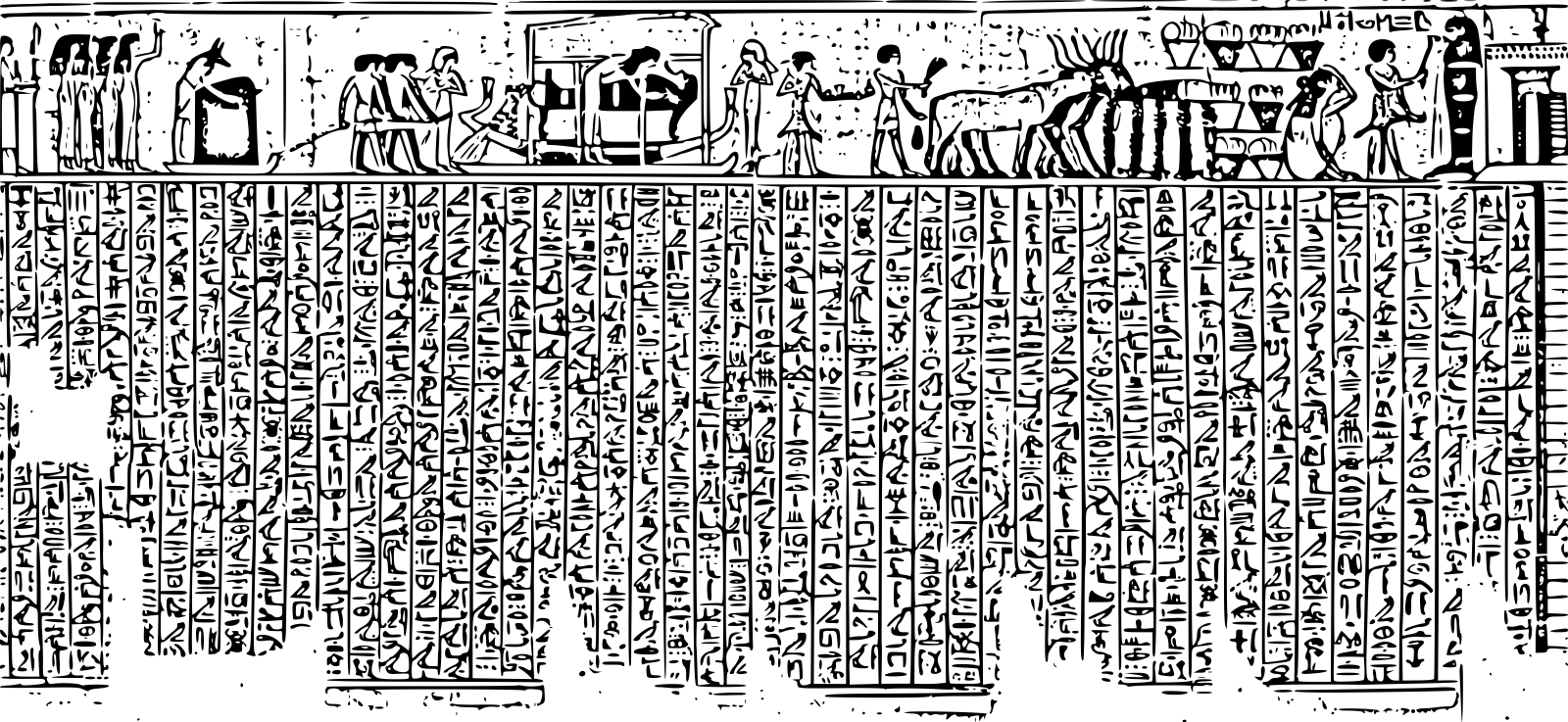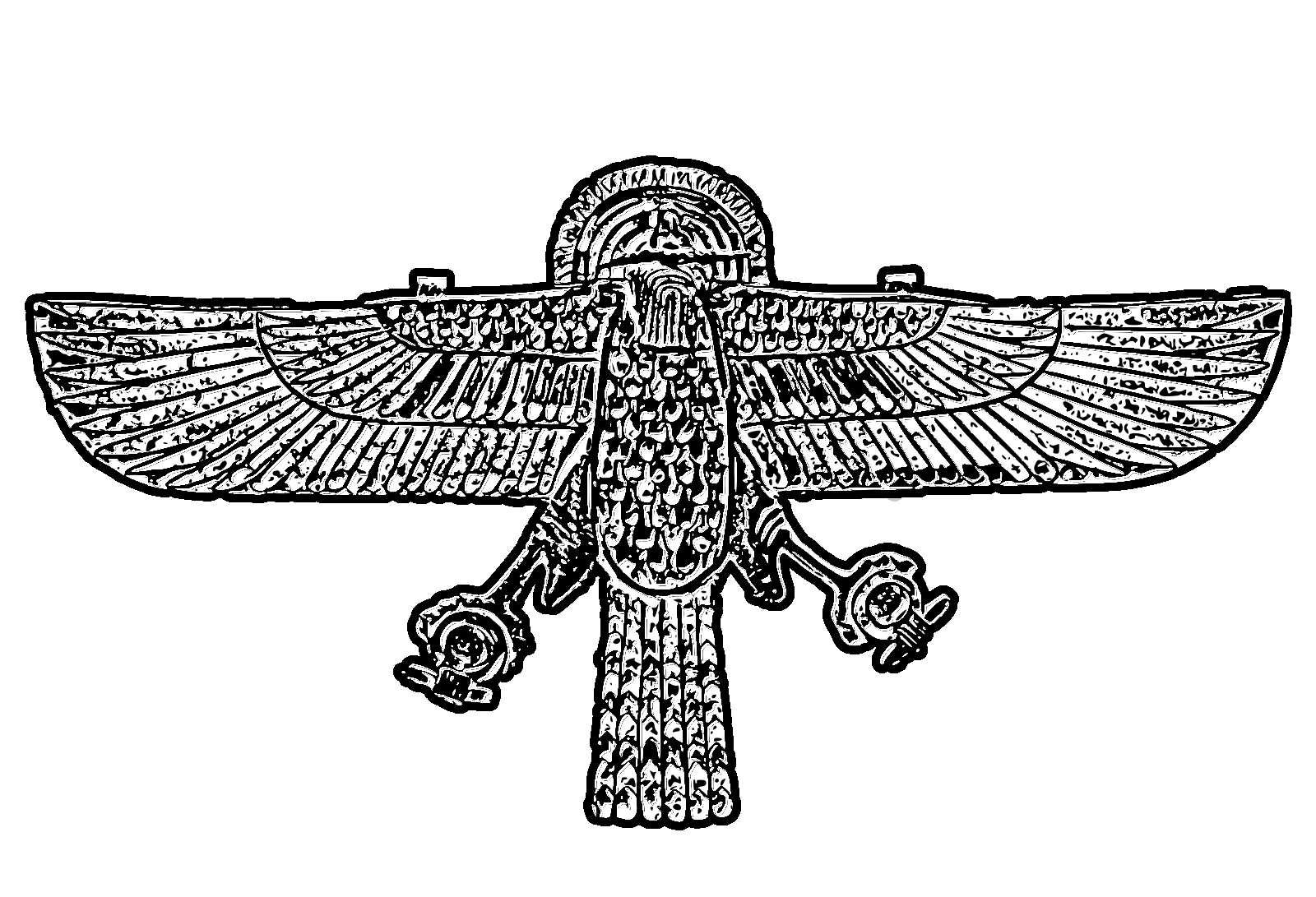Kids should get experience with great things in our history, or great works of art. I plan to add discussions about each of the things shown here, so parents can use the coloring book as a way to introduce and explore each topic.
I've gathered and/or processed all of these images myself, from sources that are in the public domain, or have Creative Commons licenses.

All images in this coloring book are licensed under a Creative Commons Attribution-NonCommercial-ShareAlike 4.0 International License, except where noted. Images on other pages of the TALLabs site may have different licenses.
If you are a parent or teacher, you're free to print and use these images for your children or students in your classes. No commercial use is permitted, though licensing is available.
Contact me if you are interested in vector (.svg, .ai) or higher-resolution bitmap (.png, .jpg) versions.
Apollo Program
The Apollo Program was the culmination of a giant leap forward in technology for mankind. 1783 saw the first manned lighter-than-air flight by the Mongolfier brothers. The Wright brothers made the first powered flight of a heavier-than-air craft in 1903 - 120 years later. In 1961 (58 years later), Yuri Gagarin made the first manned flight to space. Just eight years later in 1969, the crew of Apollo 11 made the first manned mission to the moon.
It was a massive collaboration, involving millions of man-hours of work. There were setbacks and failures, but they were overcome.
SpaceX CEO Gwynne Shotwell, in describing work at her own company during her 2021 commencement address at Northwestern University, described well the sprit of collaboration needed for any large, inspiring enterprise:
"1. Set and try to achieve absolutely absurd goals, and don’t be afraid of failing, if you can’t achieve them. 2. Work hard, really hard, and be helpful. 3. Be kind, but at minimum, be respectful."
Other Firsts
Many achievements are worth remembering, but "firsts" have a special place in our hearts.
Voyager Program
In 1979, two small spindly probes were launched from Cape Canaveral, Florida to take a "grand tour" of the solar system. They took advantage of an alignment of the solar system to gravitationally "slingshot" from one planet to another - an arrangement that occurs only every 175 years.
The computers, sensors, and cameras would seem cripplingly primitive by today's standards. Yet while in flight, the on-board programs were updated to make the most of all of them, and the ground stations were upgraded to receive more of their signals. So, they became more powerful scientific instruments as time went on, even though they were far across the solar system from any human hands.
Both spacecraft are still working, returning information about the boundary of our solar system, at the edge of interstellar space.
Careful planning allowed Voyager 1 and 2 to use the natural resource of a rare planetary alignment. Durable and adaptable systems were designed, and then upgraded while they were hundreds of millions of miles away. With them, people have learned a great deal about our solar system, including things about the magnetic fields of the outer planets that can't really be discovered without going there.
Make the Most of What You Have
Works of Art
Certain works of art form a part of our cultural heritage. They're beautiful to look at, and give a shared foundation for conversations and analogies.
American History
We hold these Truths to be self-evident, that all Men are created equal, that they are endowed by their Creator with certain unalienable Rights, that among these are Life, Liberty, and the Pursuit of Happiness—-That to secure these Rights, Governments are instituted among Men, deriving their just Powers from the Consent of the Governed, that whenever any Form of Government becomes destructive of these Ends, it is the Right of the People to alter or to abolish it, and to institute new Government, laying its Foundation on such Principles, and organizing its Powers in such Form, as to them shall seem most likely to effect their Safety and Happiness. ...
The founding and founders of our nation, and its history, have many characteristics worth knowing. Let's explore a few.
Space Shuttle Program
Lost Opportunities
The Apollo program inspired people worldwide. But after successful Moon landings, the American people prioritized other things - making it politically impossible to continue such expensive missions.
NASA sought to develop a reusable "space truck" to make flights routine and inexpensive. But program requirements were developed over a long time by people with conflicting priorities.
Being all things to all people makes a product that falls short for everyone. The shuttle was a fantastically powerful spacecraft, put to relatively modest applications, at a high cost, and draining ambition and aspirations for spaceflight.
There remain a few people in NASA who are there to accomplish great things; but most of NASA now consists of the people who accomplished the extraordinary feat of making mankind's greatest achievements look dull, then making it impossible to repeat them.
Yet what man has done man can aspire to.
- Jerry Pournelle, February 1, 2003
History will remember the inhabitants of this century as the people who went from Kitty Hawk to the moon in 66 years, only to languish for the next 30 in low Earth orbit. At the core of the risk-free society is a self-indulgent failure of nerve.
- Buzz Aldrin
